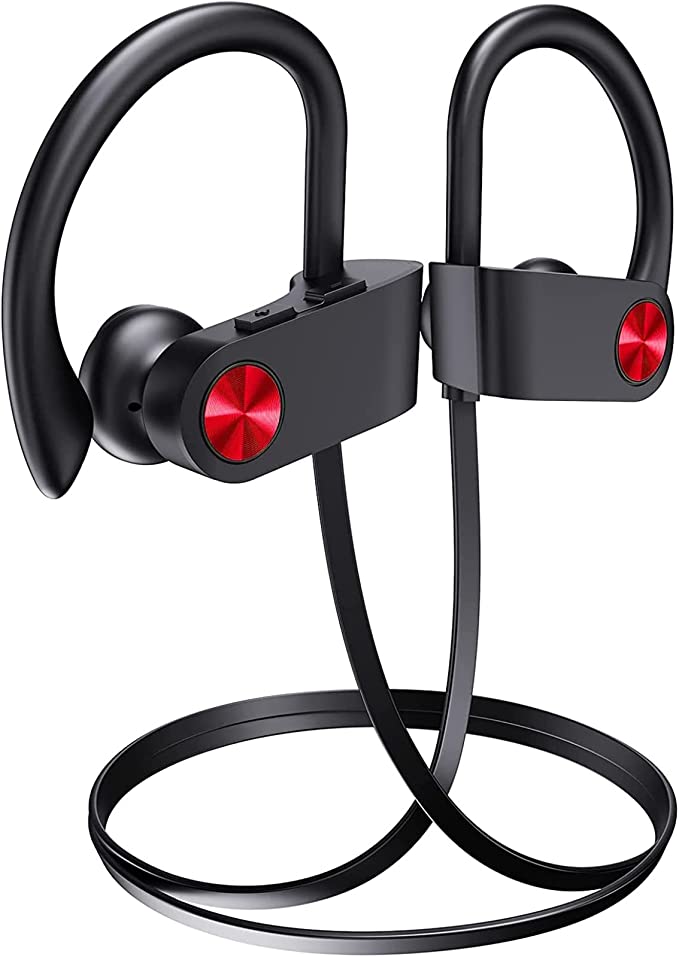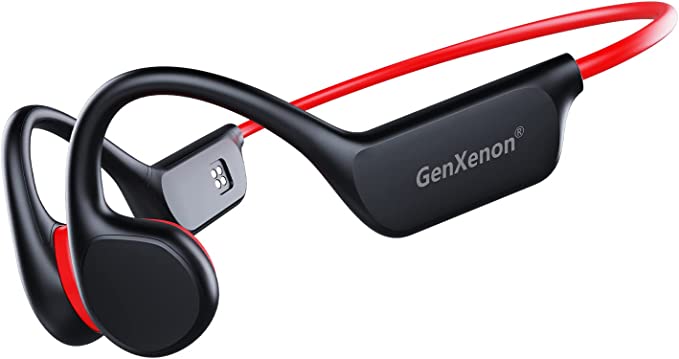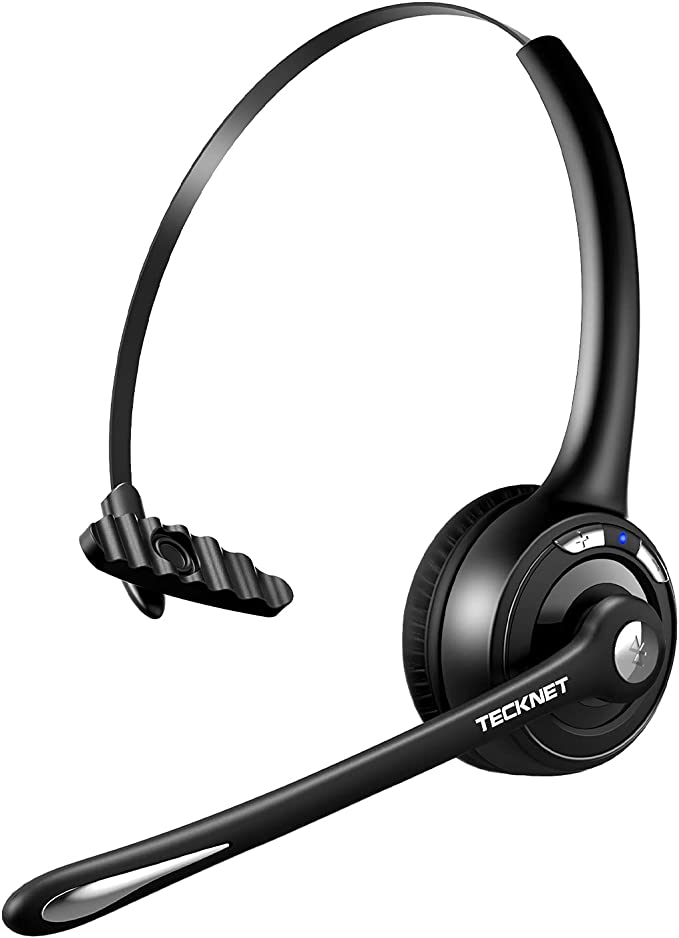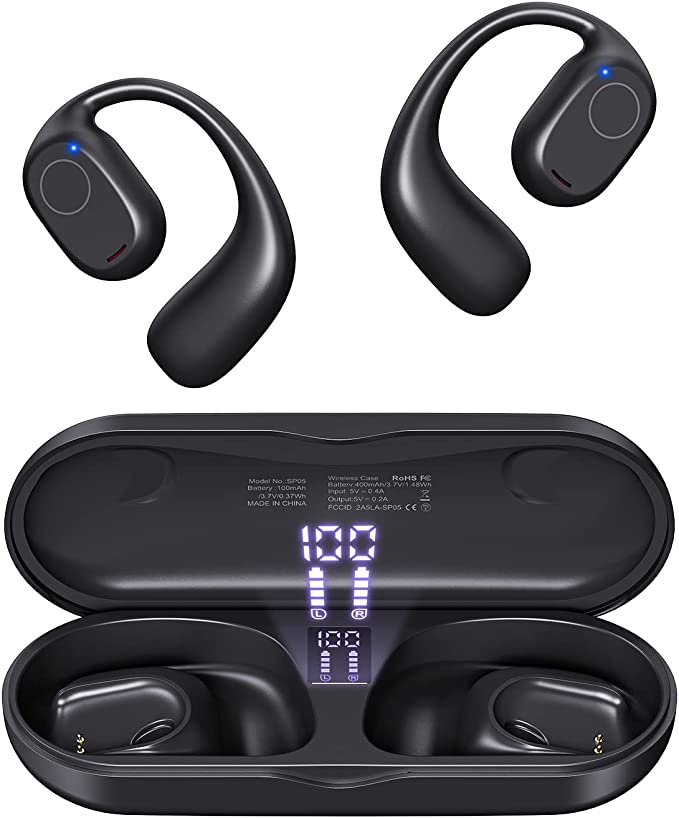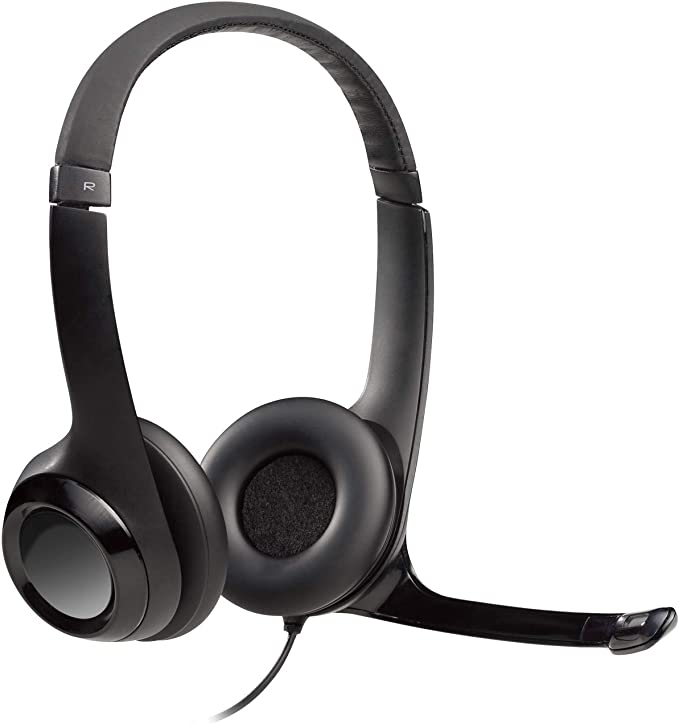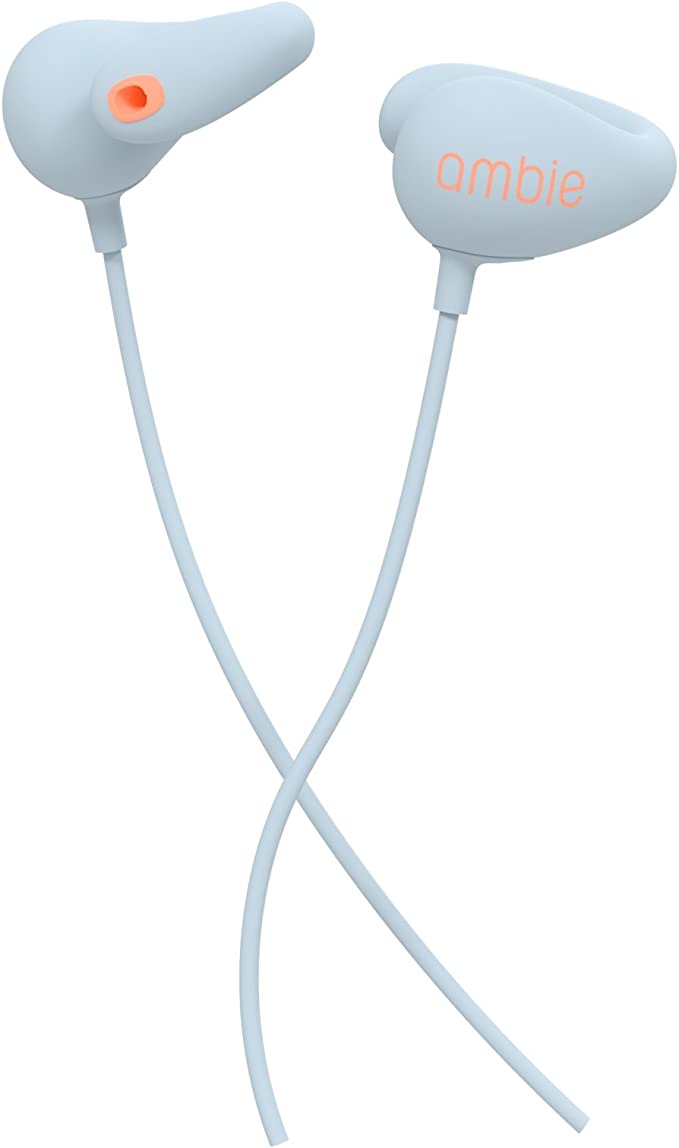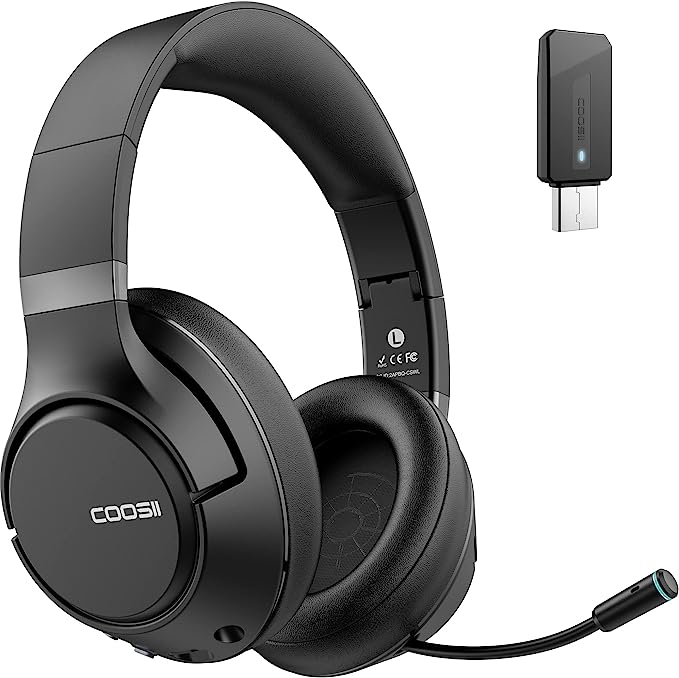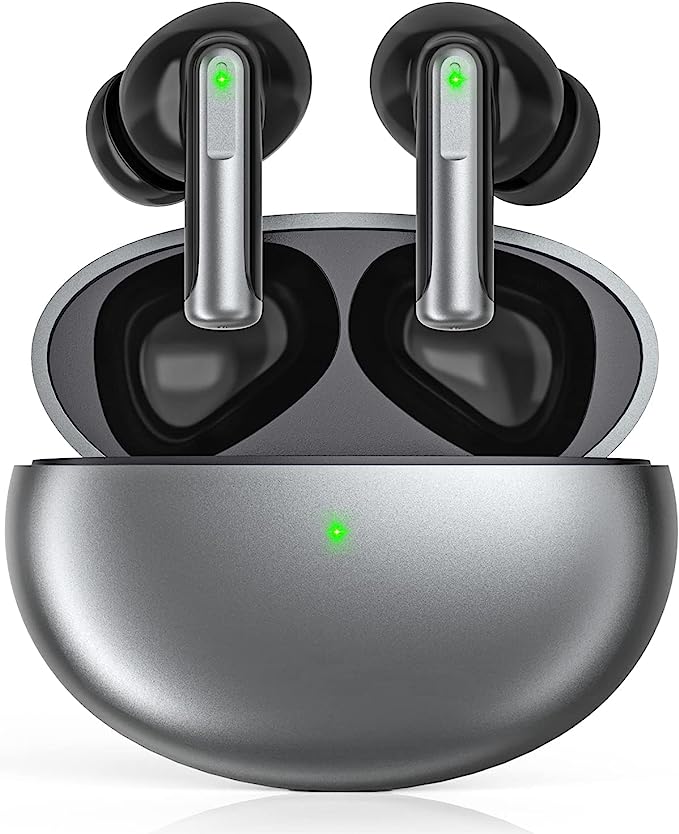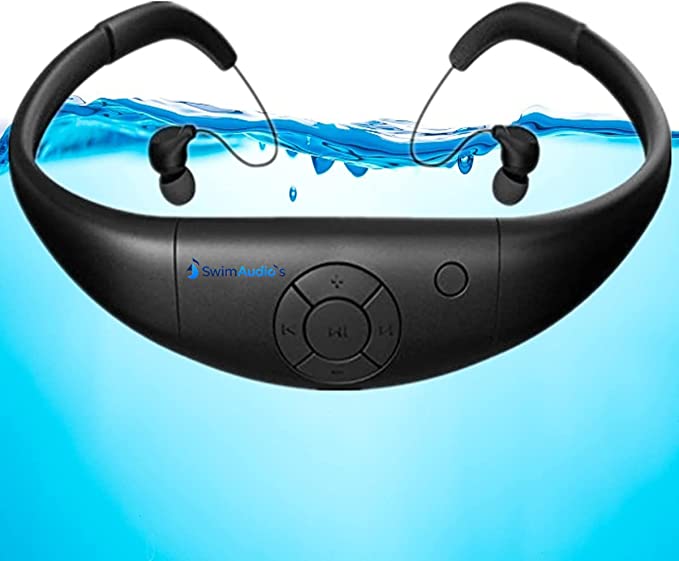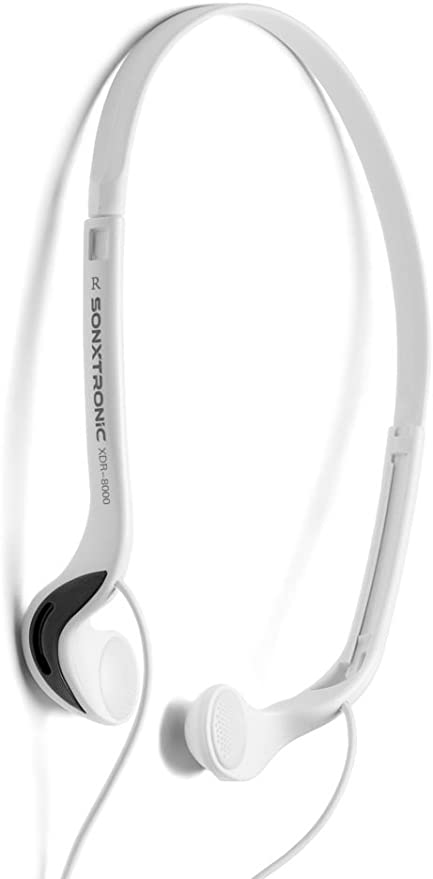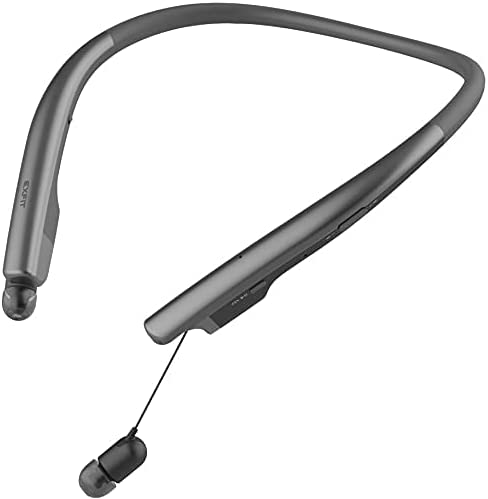What is NEAT? The Science of Non-Exercise Activity Thermogenesis
Update on Oct. 21, 2025, 1:55 p.m.
Let’s talk about Alex. Alex is a software developer, a master of code, and a connoisseur of coffee. His day is a marathon of mental gymnastics, starting with a 9 AM stand-up meeting and ending with a final code push late in the evening. He’s productive. He’s successful. He’s also, for roughly nine hours a day, almost perfectly still. After work, he musters the energy for a 45-minute spin class, feeling virtuous as he burns 500 calories. Yet, despite this heroic effort, he finds himself gaining a few stubborn pounds every year. What gives?
What if the answer to Alex’s dilemma isn’t about sweating harder in that spin class? What if the key to his metabolic health lies not in that single hour of intense effort, but in the thousands of tiny, seemingly insignificant movements he failed to make during the other 15 waking hours? This brings us to the most powerful, misunderstood, and criminally overlooked force in our metabolic universe: NEAT, or Non-Exercise Activity Thermogenesis.

The Metabolic Iceberg You’ve Never Seen
To understand NEAT, picture your total daily energy expenditure (TDEE) as a giant iceberg. The small tip sticking out of the water, the part everyone sees and talks about, is your Exercise Activity Thermogenesis (EAT). That’s your spin class, your morning run, your weightlifting session. It’s important, but for most people, it represents a surprisingly small fraction—maybe 10-30%—of their total energy burn.
So, what’s the massive, hidden part of the iceberg underwater? It consists of three things:
1. Basal Metabolic Rate (BMR): The energy your body burns at complete rest to keep your organs functioning. This is the biggest part.
2. Thermic Effect of Food (TEF): The energy used to digest and absorb food. A small, consistent chunk.
3. And then there’s NEAT. This is the energy expended for everything we do that is not sleeping, eating, or sports-like exercise. It’s the energy of living. It’s walking to the kitchen, fidgeting in your chair, typing, doing yard work, and even maintaining your posture. It is, quite literally, the energy of your desk-side shuffle.
While it sounds trivial, the cumulative effect of NEAT is staggering. Dr. James A. Levine, an endocrinologist at the Mayo Clinic and the undisputed godfather of NEAT research, conducted groundbreaking studies on this. In one experiment, he found that the difference in NEAT between two individuals of similar size could be as high as 2,000 calories per day. Let that sink in. That’s the caloric equivalent of running a half-marathon, burned off not through grueling exercise, but through the constant, low-level hum of daily activity.
The Science of Sitting Still vs. Staying in Motion
Our bodies, sculpted by millennia of hunting and gathering, are fundamentally designed for movement. When we sit for prolonged periods, we’re essentially putting our metabolic machinery into sleep mode. Blood flow slows, insulin sensitivity drops, and the enzymes responsible for vacuuming up fat from our bloodstream, like lipoprotein lipase, switch off. A study published in The Lancet directly linked prolonged sedentary time to a significantly increased risk of cardiovascular disease and type 2 diabetes, even for people who exercise regularly. This is why you can’t out-run a bad chair.
NEAT is the biological antidote to this modern predicament. When you engage in NEAT activities, you’re constantly sending little “wake-up calls” to your muscles and metabolism. This isn’t about building muscle or taxing your cardiovascular system; it’s about keeping the engine idling high instead of shutting it off. This constant, low-grade muscle contraction helps maintain insulin sensitivity, improves blood lipid profiles, and, of course, burns a significant number of calories over time.
Furthermore, the benefits aren’t just metabolic. Light physical activity has been shown to boost levels of Brain-Derived Neurotrophic Factor (BDNF), a protein that acts like fertilizer for your brain cells, promoting learning, memory, and mood. That burst of inspiration you get while pacing around the room? That’s NEAT working on your brain.
How to Become a NEAT Superhero: A Practical Guide
The beauty of NEAT is that it doesn’t require a gym membership, fancy apparel, or a punishing schedule. It’s about re-engineering your environment and habits to make movement the default, not the exception.
1. Reclaim Your Workspace: Your desk is ground zero. * Stand Up: The simplest change. Stand during meetings or for a set period every hour. * Pace and Fidget: Take all your phone calls while walking around the room. Tap your feet. Fidget. Embrace the restlessness. * Introduce a Walking Pad: This is the ultimate NEAT hack for the dedicated desk worker. By placing a low-profile walking pad under a standing desk, you can accumulate thousands of steps—and burn hundreds of extra calories—while answering emails or attending a webinar. The key is to find a model that operates quietly. For instance, some modern devices like the AXEFIT AX-C2 are designed to run at less than 45 decibels, a sound level comparable to a quiet library, ensuring you can walk without disrupting a conference call or your own concentration.
2. Revolutionize Your Routine: * The 2-Minute Rule: For every 30 minutes you sit, get up and move for 2 minutes. Walk to get water, do some stretches, or just walk in place. * Hydration Walks: Use a smaller water bottle. This forces you to get up more often to refill it, creating natural, recurring breaks for movement. * Park Far Away: A classic for a reason. Intentionally park at the far end of the parking lot. Take the stairs instead of the elevator.
3. Embrace “Inefficiency”: In a world obsessed with convenience, choose to be slightly less efficient. * Carry Groceries: Instead of using a giant cart, carry a basket. Make two trips from the car to the house. * Manual Labor: Do some chores by hand instead of using a machine. Mix dough manually, wash a few dishes instead of waiting for the dishwasher to be full.

A Paradigm Shift: From “Exercise” to “Activity”
For decades, we’ve been taught to view physical activity in a binary way: you’re either sedentary or you’re exercising. NEAT shatters this false dichotomy. It introduces a third, more accessible and sustainable path to health—a life of constant, gentle motion.
Alex’s problem wasn’t that his spin class wasn’t intense enough. It was that it was an isolated island of activity in a vast ocean of stillness. By focusing on increasing his NEAT, by transforming his static workday into a dynamic one, he can build a metabolic foundation that works for him 24/7, not just for 45 minutes a day. This isn’t about replacing the gym. It’s about recognizing that what you do for the other 23 hours might just matter more. So, get up, take a step, and embrace the power of the shuffle. Your body will thank you for it.

